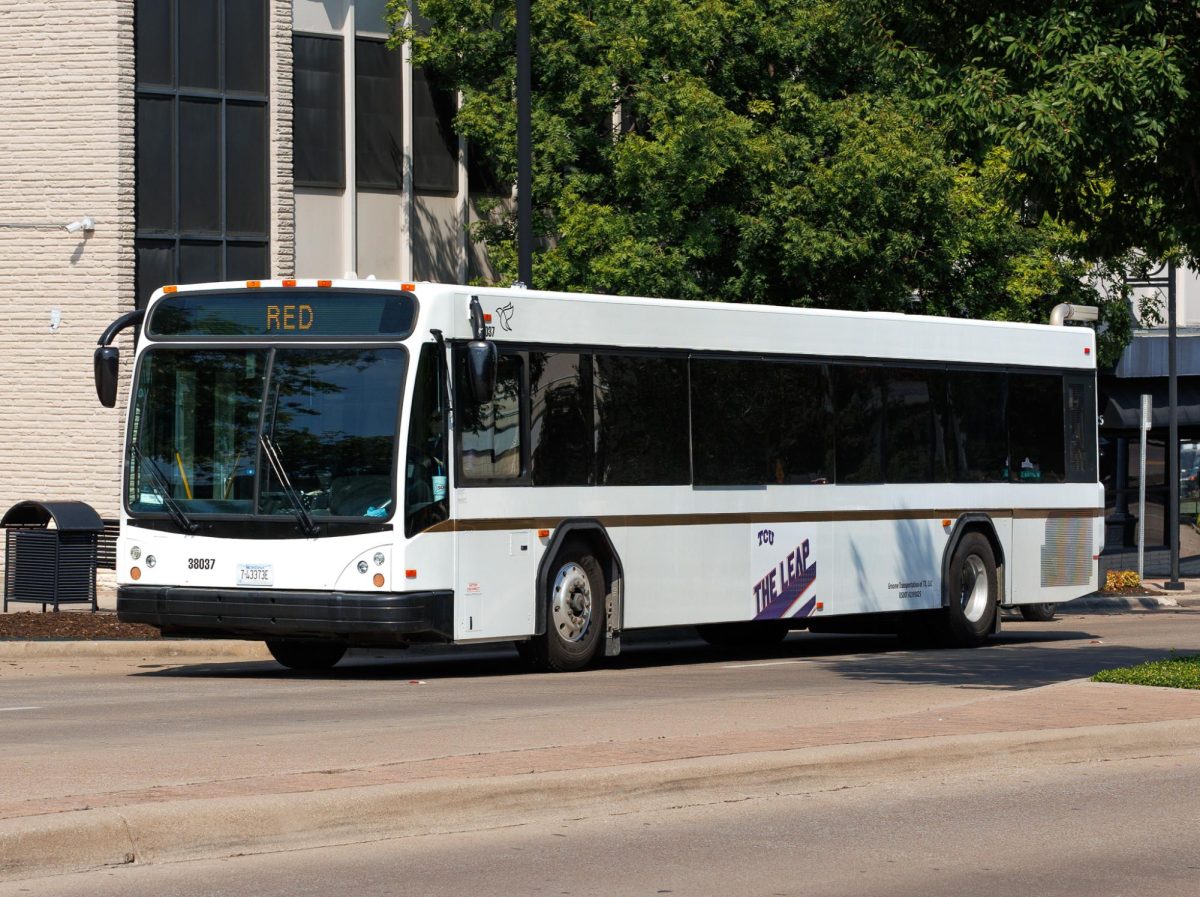A subtle thing happened during the Super Bowl on Sunday. In the midst of Manning mania, talking babies, flying babies, Madonna, Cee Lo and marching bands came an advertisement much different than the rest. The spot featured employees at a General Electric Co, plant in Schenectady, N.Y., talking about the impact of their work on other companies and the global economy. The message was evident: American manufacturing is back.
New unemployment figures released over the weekend revealed an 8.3 percent unemployment rate, which marks a new two-year low and the private sector’s 23rd consecutive month of job gains. Anemic improvement since 2009 left the economy with dim forecasts and dwindling benefits.
Now, however, the manufacturing sector experienced strong gains, adding 50,000 new jobs in December, according to statistics provided by whitehouse.gov, and the construction sector also gained 21,000 jobs.
A more resilient economy and trim government is a recipe for success. Increased hiring indicated workers engaged in education and vocational training in order to qualify for their positions. A modernized, competitive workforce is the ultimate goal.
Overall, American growth rates are the highest they have been in more than a year, with 2.8 percent gross domestic product and consumer spending increases across the fourth quarter of 2011. Positive news can continue to snowball, with higher wages, households paying off debts and perhaps, finally, getting the housing market on stable ground.
Yet, strong American business requires effective government. In a contentious election year, the policies laid out by the Obama administration become even more crucial.
The president called for an extension of the payroll tax cut in the State of the Union address, a move which saves households on average $934 per year. He also emphasized finding buyers and guaranteeing domestic sellers of manufacturing products, an essential government task in a competitive global market.
President Obama’s vision for the country is powerful. His slogan has become an “economy built to last.”
However, long-term problems complicate his agenda. The U.S. government must find creative ways to resolve mounting debt, which reuters.com projects will grow by $1 trillion during the 2012 fiscal year. In order to turn 20th century attitudes into 21st century governance, the Obama administration needs to master the art of cutting spending and preserving government’s role in the lives of citizens.
The success or failure of Obama’s presidency depends on the election cycle. Rhetorical barbs from Republican candidates, especially Mitt Romney, center on the administration’s economic growth.
A Washington Post-ABC News poll found 52 percent of respondents to be more confident of Obama’s economic understanding, compared to 37 percent for Romney.
GOP contenders such as Newt Gingrich have even said, “give [Obama] some credit.” The landscape of the race is changing.
Money is a key influence in elections, especially in the new era of the Super PAC and huge donations. Wall Street is a top beneficiary of economic growth, and the finance and real estate sectors are the largest donors to campaigns.
Yet, Romney has received far more in donations, about $1.8 million from the six largest firms. Romney is out fundraising Obama by a factor of eight or more. Where the money falls will chart the legacy of the new numbers on economic growth.
The United States’ long, painful return to economic strength and an invigorated workforce is gaining ground, affecting policy, elections and even advertisements during the Super Bowl. Jobs, careers and success for college students are all at stake.
Pearce Edwards is a junior political science and history double major from Albuquerque, N.M.




